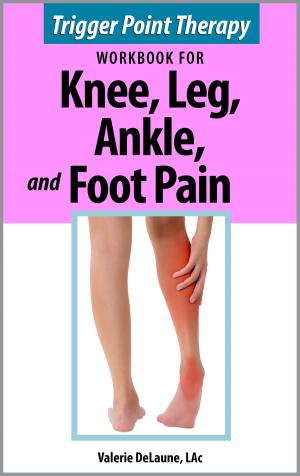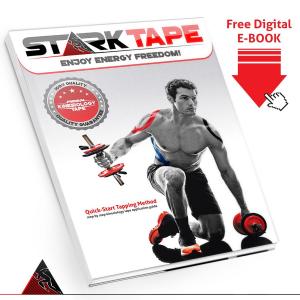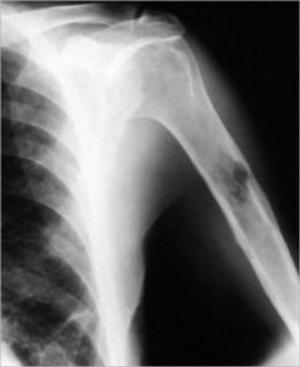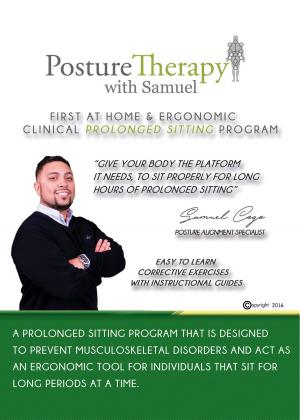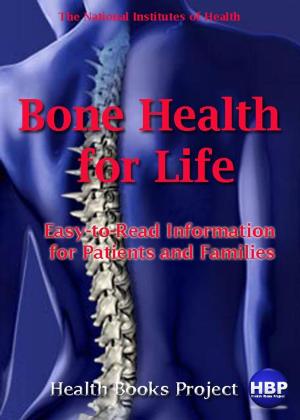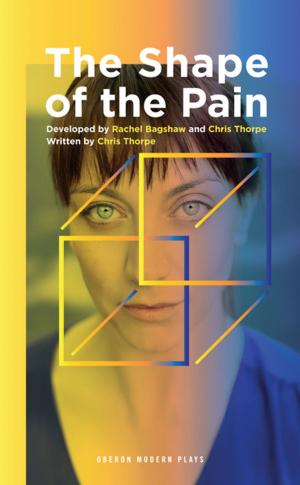The MindBody Workbook
a thirty day program of insight/ awareness for backpain and other disorders
Nonfiction, Health & Well Being, Health, Ailments & Diseases, Pain Management| Author: | David Schechter MD | ISBN: | 9781929997145 |
| Publisher: | MindBody Medicine Publications | Publication: | July 15, 2008 |
| Imprint: | Language: | English |
| Author: | David Schechter MD |
| ISBN: | 9781929997145 |
| Publisher: | MindBody Medicine Publications |
| Publication: | July 15, 2008 |
| Imprint: | |
| Language: | English |
WHY WRITING ABOUT YOUR PAIN CAN HELP I realized many years ago that the process that begins with a diagnosis in the office needed to continue and be reinforced at home to be even more effective. I advised patients to go home and keep a daily journal of feelings and emotions. Some did great with this advice. Others found it hard to sustain the effort of writing in a blank notebook after a few days or perhaps a week. So I wrote The MindBody Workbook which is a guided journal that offers the reader daily questions (typically four) and a space for their answers. Over the course of the 30 days of the workbook, people are asked questions that cover a variety of areas in their life (family, work, financial, childhood). The questions probe more deeply each week. I encourage people to keep writing, if not daily, at least two to three times per week, after the 30 day workbook is completed. The style of writing is a free flowing, open association of events with feelings and feelings with earlier experiences. You can begin this tonight if you are ready. Don’t worry about punctuation, spelling, or too much about neatness. Look at it as a private journal that you may re-read, but that no one else is supposed to read without your permission. I heard from a patient that some folks on the internet were referring to the MindBody Workbook as the ‘dreaded workbook’. I think the dread that some people feel as they approach journaling about their life and their pain is the fear of opening up. For others, it’s the discomfort at looking inside. Still others find the discipline of taking time out daily to write for 10-20 minutes to be difficult in their busy, chaotic lives. But overall, I am sort of honored that the workbook is not a “fluff” and that it requires some effort. I find that just about everything in life that is worthwhile requires some effort… and maybe a little dread at times. Daily journaling can help reinforce a psychological thinking style and help you to gain psychological insight. I find that learning to make this a regular part of one’s thinking process occurs with daily or regular journaling about feelings and fears. It's important to write down your answers or record them on your smartphone or if your ebook reader allows extensive annotation, that may work as well. While reading the introductory section and even the questions is helpful, best results are clearly obtained with the process of writing or speaking the answers and saving them in some recorded form.
WHY WRITING ABOUT YOUR PAIN CAN HELP I realized many years ago that the process that begins with a diagnosis in the office needed to continue and be reinforced at home to be even more effective. I advised patients to go home and keep a daily journal of feelings and emotions. Some did great with this advice. Others found it hard to sustain the effort of writing in a blank notebook after a few days or perhaps a week. So I wrote The MindBody Workbook which is a guided journal that offers the reader daily questions (typically four) and a space for their answers. Over the course of the 30 days of the workbook, people are asked questions that cover a variety of areas in their life (family, work, financial, childhood). The questions probe more deeply each week. I encourage people to keep writing, if not daily, at least two to three times per week, after the 30 day workbook is completed. The style of writing is a free flowing, open association of events with feelings and feelings with earlier experiences. You can begin this tonight if you are ready. Don’t worry about punctuation, spelling, or too much about neatness. Look at it as a private journal that you may re-read, but that no one else is supposed to read without your permission. I heard from a patient that some folks on the internet were referring to the MindBody Workbook as the ‘dreaded workbook’. I think the dread that some people feel as they approach journaling about their life and their pain is the fear of opening up. For others, it’s the discomfort at looking inside. Still others find the discipline of taking time out daily to write for 10-20 minutes to be difficult in their busy, chaotic lives. But overall, I am sort of honored that the workbook is not a “fluff” and that it requires some effort. I find that just about everything in life that is worthwhile requires some effort… and maybe a little dread at times. Daily journaling can help reinforce a psychological thinking style and help you to gain psychological insight. I find that learning to make this a regular part of one’s thinking process occurs with daily or regular journaling about feelings and fears. It's important to write down your answers or record them on your smartphone or if your ebook reader allows extensive annotation, that may work as well. While reading the introductory section and even the questions is helpful, best results are clearly obtained with the process of writing or speaking the answers and saving them in some recorded form.





